You could say HR is going “agile lite,” applying the general principles without adopting all the tools and protocols from the tech world. It’s a move away from a rules- and planning-based approach toward a simpler and faster model driven by feedback from participants. This new paradigm has really taken off in the area of performance management. (In a 2017 Deloitte survey, 79% of global executives rated agile performance management as a high organizational priority.) But other HR processes are starting to change too.
In many companies that’s happening gradually, almost organically, as a spillover from IT, where more than 90% of organizations already use agile practices. At the Bank of Montreal (BMO), for example, the shift began as tech employees joined cross-functional product-development teams to make the bank more customer focused. The business side has learned agile principles from IT colleagues, and IT has learned about customer needs from the business. One result is that BMO now thinks about performance management in terms of teams, not just individuals. Elsewhere the move to agile HR has been faster and more deliberate. GE is a prime example. Seen for many years as a paragon of management through control systems, it switched to FastWorks, a lean approach that cuts back on top-down financial controls and empowers teams to manage projects as needs evolve.
Via
The Learning Factor



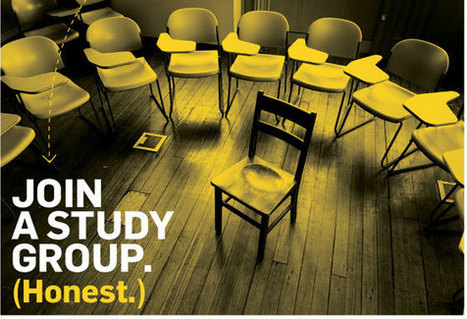


 Your new post is loading...
Your new post is loading...



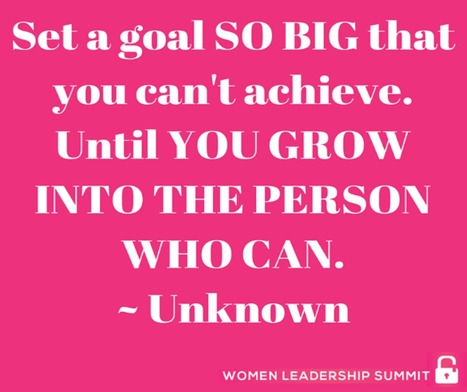
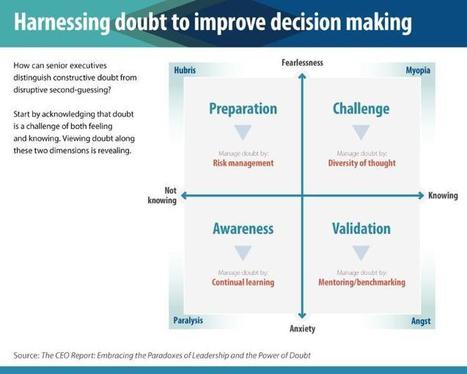



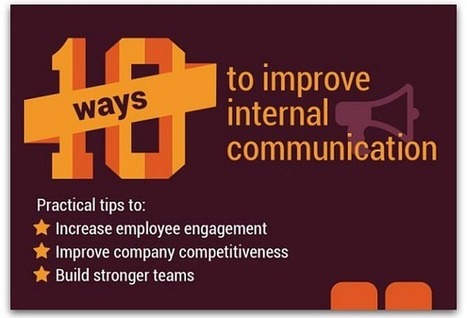











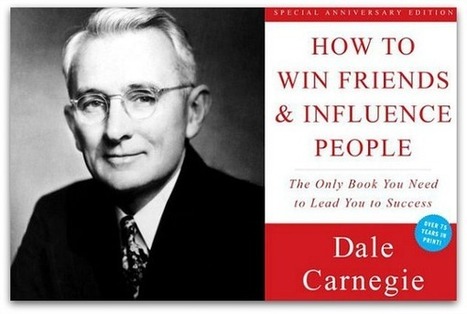











learning and leading go hand in hand...change is the rule and development fuels change
Excellent tips!
I would like to offer one key philosophy that we at our company have been offering to our leaders.....Learning is not enough, we as leaders need to be constantly learning, unlearning, and re-learning. The game has changed and the rules are evolving by the minute.
Keep your running shoes on, the ride is exciting as long as you remain open, flexible, and adaptable to change. Remember, if it is difficult...you are about to grow and learn something new.
Hope you enjoy the article and my humble nuggets:)
Until next time...PS - Live on Purpose!
.
The way we understand leadership today needs to evolve. Understanding that what you once knew that got you where you are is not enough to keep going is important. Understanding the new responsibilities and expectations of leaders is important. For instance, being a good leader sometimes means being a good follower. And as this article points out, a good leader is a consummate learner. Without that, the things you are leading people to have already passed and others are already on to the next thing.